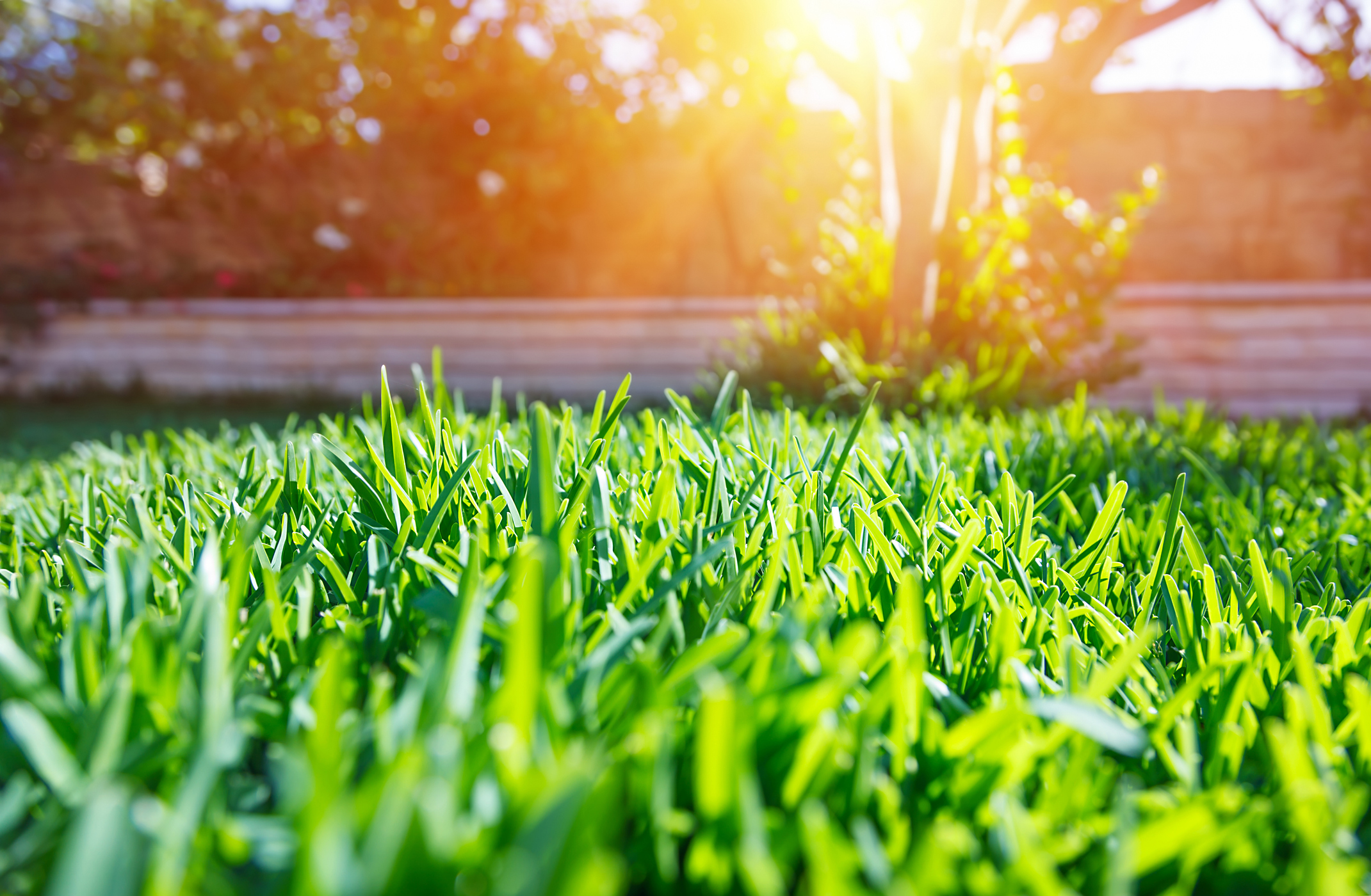Sodding may be the easiest and fastest way to add some green to your outdoor space, but planting grass seed and cultivating it as it grows is certainly the most cost-effective and satisfying method. Some lawn maintenance experts say that autumn is the best time of year to plant grass seed, but that all depends on the region and climate in which you live. In Ontario, spring is actually the ideal time of year to start planning and thinking about planting your new lawn.
Spring is when the ground starts to warm up, which provides just enough moisture for grass seeds to grow. Here are a few essential tips for successfully planting grass in the spring:
Choose the Right Type of Seed for Your Property
Residential lawns typically require a different type of grass seed than commercial outdoor spaces. The type of turfgrass you select for your property depends largely on the climate in your area as well as how the lawn will be used. Kentucky bluegrass, perennial ryegrass, and fine fescue are the three most common grass seed mixtures that are used in residential areas. Certain factors such as soil conditions, shade, and climate are also major factors in the type of grass you should choose. If you’re unsure which type of grass would work best in your area, then you can consult a lawncare professional for assistance.
Remove the Old Lawn
After you’ve selected the appropriate grass species to plant on your property, the next step is to remove the existing grass. Although you might think that it’s easier and less time-consuming to simply spread the grass seed overtop the existing lawn, this is a huge mistake. Failing to remove the old lawn before planting new grass could eventually cause a slimy film to develop which prevents the new grass from germinating and absorbing nutrients from the soil. Cleaning up your lawn and removing all debris and old grass is an essential component to ensuring the health and aesthetic appeal of your new lawn.
Clear Any Rocks and Till the Soil
Along with removing the old grass, you need to also clear all other debris from the ground where you plan to plant new grass. This includes large and small rocks, debris, leaves, and any animal droppings. You want to make sure that the surface of the ground is as smooth as possible so that you can evenly distribute the grass seeds and make sure they each have appropriate space to germinate and grow. Tilling, which is an agricultural process that involves manipulating the soil by overturning or digging it up, can help facilitate the implantation process.
Test Your Soil
Testing your soil is an optional measure that you can take to determine its pH levels and the nutrients that it contains. Although this isn’t a mandatory practice, it can give you an indication of how healthy your soil is and whether you need to neutralize its acidity. You can either take a small sample of soil to your nearest garden center to have it tested or you can purchase a home testing kit and do it yourself.
Prepare the Soil
Once you’ve determined the acidity and nutrient level of your soil and made the necessary adjustments to it, you can then start preparing the soil for grass seed implantation. Preparing your soil involves inspecting it for additional dirt, debris, and leftover dead leaves or grass that may have made their way onto your property. It also entails filling in holes, smoothing out depressions, and tilling areas where the soil is compacted.
Plant the Grass Seed
Following the preparation process, you’re now ready to start planting the grass seed. At the same time, you should apply the lawn food so that your grass has a strong and healthy starting point. This can be done either before or after you’ve adequately spread out the grass seed. As long as your seeds are getting the nutrients they need to germinate and grow from the very beginning, the order in which you apply the lawn food and grass seed is irrelevant.
Cover the Seeds for Protection
After applying the grass seed and lawn food, you then need to cover up the seeds with a turf builder or lawn soil. This will help secure them in place and prevent them from being scattered across your lawn by a strong wind. The last thing you want is for your grass to grow unevenly and patchy in some areas.
Water the Seeds Often
Like a newborn baby, your freshly planted grass seeds need a great deal of care and attention. That means watering them frequently, refraining from stepping on the newly planted grass, and providing them with the nutrients they need to grow strong and healthy. A light watering about two to three times a day should be sufficient to help keep your topsoil moist and prevent your grass from quickly drying out.
Monitor the Seed Establishment
The first few weeks after planting new grass seeds are absolutely crucial. Make sure to pay close attention to the growth patterns of your seedlings so that you can make the necessary adjustments early on. The sooner you catch any abnormalities, the better because once those seeds are fully germinated, it can be difficult to remove and replant them.
Mow and Maintain Your Grass Regularly
Proper lawn maintenance is key when it comes to ensuring the longevity, health, and lusciousness of your grass. Once you’ve ascertained that your lawn is growing at a healthy rate, you have to take certain measures to keep it looking green and fresh. Mow your grass at least once a week to remove any dead or dying blades of grass, but refrain from over trimming it because that can actually be detrimental to its health and facilitate the spread of weeds.
If you need help or advice when it comes to taking care of your new lawn, then call on the landscaping experts at FOREVER GREEN LAWN & LANDSCAPE INC. For over 20 years, Torontonians have trusted us to beautify their commercial and residential outdoor spaces. Contact us today to book your free consultation.


